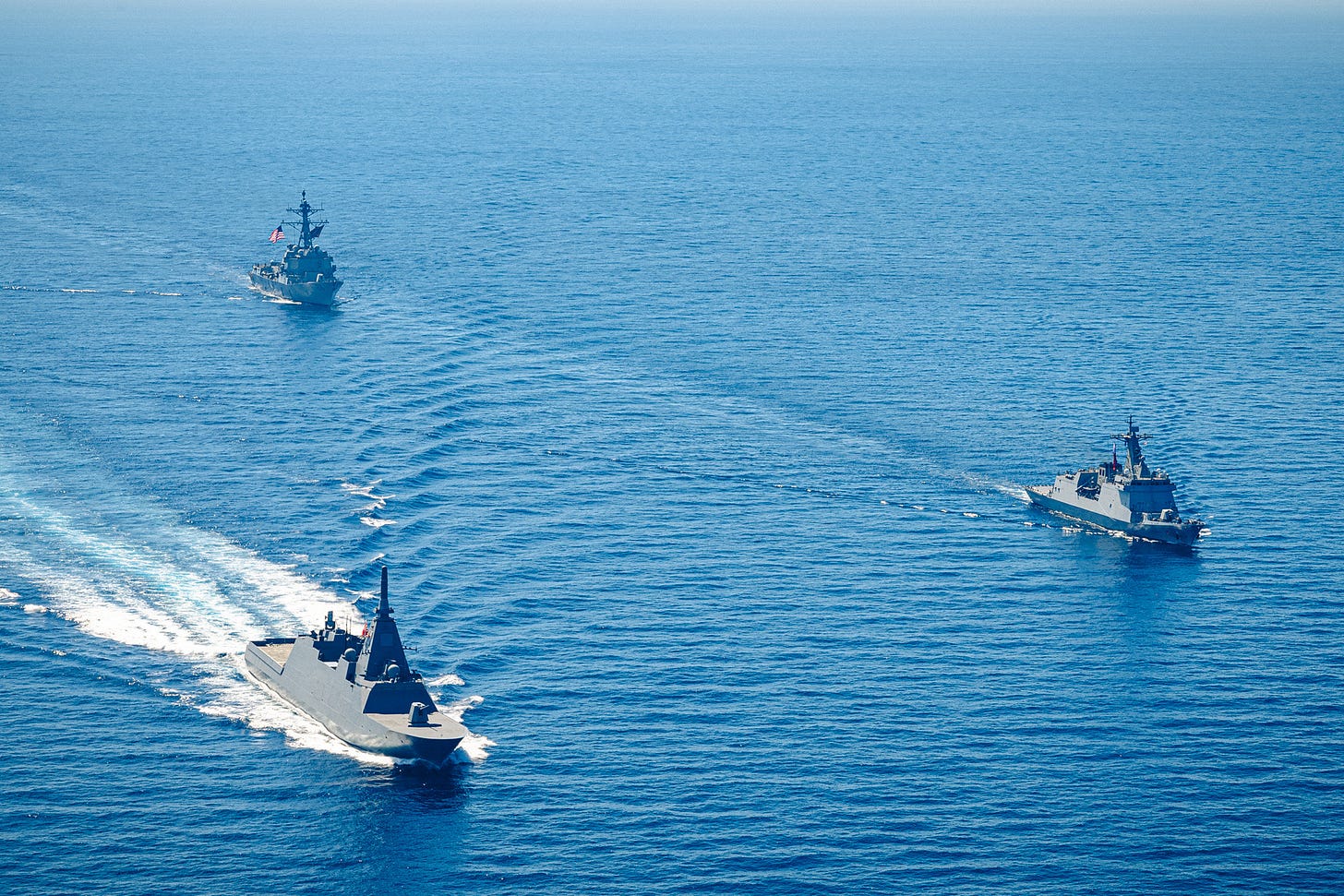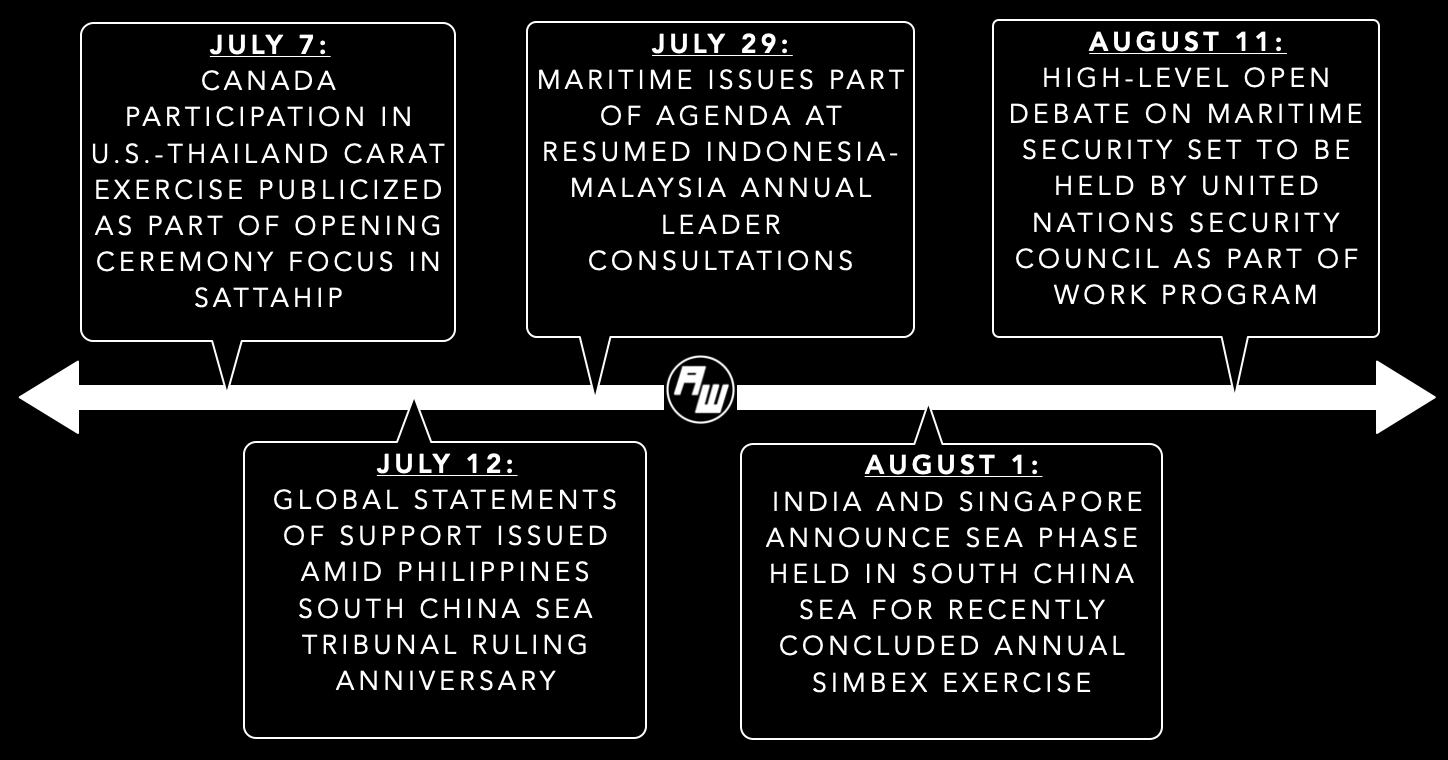Review: Coming New Era in Southeast Asia Maritime Security?
Beyond gray zone coercion fears, a new book examines the future trajectory of the evolving maritime security environment in Southeast Asia and the wider world.
Beyond gray zone coercion fears, a new book examines the future trajectory of the evolving maritime security environment in Southeast Asia and the wider world.
WonkCount: 1,457 words (~6 minutes)
Review: Coming New Era in Southeast Asia Maritime Security?
Context
“We have to put a timeline…I would like to propose within five years we can conclude all the boundaries in the South China Sea,” a top Malaysian official suggested in a regional maritime security forum earlier this year during the country’s ASEAN chairmanship year1. While the proposal for a intra-Southeast Asia dispute management timeline unsurprisingly encountered pushback, the sentiment — which ASEAN Wonk overheard again from officials present at an ASEAN-Australia engagement this week in Bangkok held under the Chatham House Rule attesting to the reality of “daily pressure” from China’s multipronged South China Sea activities — reflected ongoing efforts to tackle differences while contending with other maritime challenges ranging from critical underwater infrastructure (CUI) to undersea cables2.
Select Key Recent Indo-Pacific and Global Maritime Security Developments Involving Southeast Asian States
A new book Understanding Maritime Security by scholars Christian Bueger and Timothy Edmunds examines the future trajectory of the maritime security environment in Southeast Asia and the wider world3. In doing so, the book adds to a series of new books on maritime security published within the past couple of years, including ones reviewed over here on ASEAN Wonk on subjects ranging from Indian Ocean futures to maritime coercion calculus. Understanding Maritime Security argues that a series of interacting master trends are reshaping the maritime security environment, with profound consequences for the future of both competition and collaboration. “The maritime security analyst and professional not only needs to understand the lessons and experiences of the past, but also maintain a forward-looking gaze, spot trends and recognize new challenges,” the book notes before setting out a set of new and coming future trends to watch4.
Analysis
Understanding Maritime Security forecasts future trends to watch in the maritime security environment in the coming years and their wider regional and global implications (see originally-generated ASEAN Wonk table below for a summary of these critical areas, along with major policy manifestations and datapoints. Paying subscribers can also read the rest of the “Analysis” section and “Implications” section looking at how these dynamics play out in the future).





